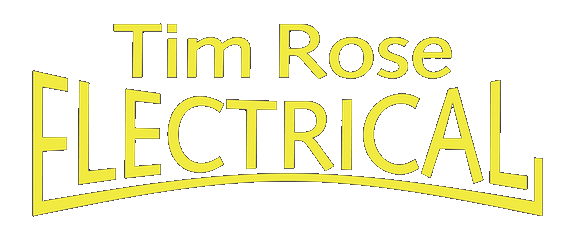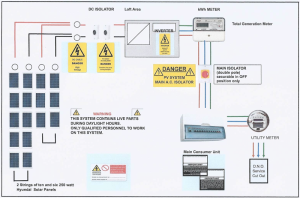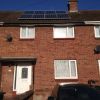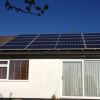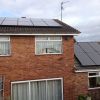What is Solar Electricity
Solar Electricity is the conversion of the sun’s energy in to electricity. This is done using panels that contain photovoltaic cells, often referred to as Solar PV. These cells produce an electric charge when the suns light shines on them. It is the light not heat that is used to create the electricity and as long as there is some light the panels will produce electricity. The amount of energy will vary with the strength of the light, so whilst they work best on a bright sunny day they will also still produce some electricity on a cloudy day.
How many Panels Do I need
currently most panels are in the 200-250watt peak range. so for the maximum size under the domestic feed in tariff of 4KWp ( 4000 watts) you will need around 16 panels. you can get lower capacity panels and would obviously need more of them for the same total. It is also possible to get high capacity panels up to 375 watts but they are at a price premium. The different panels vary in exact size but the majority are roughly 1.5m by 1m in size.
A working size per KWp for calculation is about 6 m2
Domestic installations tend to be in the 1.5KWp to 4KWp size
what is a Kilowatt
A kilowatt is a measure of power, or how fast something is using or generating. You will see the power of electrical items listed in kilowatts or watts ( 1000watts= 1kw). an electric heater might be 1kw and non energy saving light bulbs were 100watts.
What does KWp mean
You will see the size of a solar electricity system measured in KWp or Kilowatt Peak. As the amount of electricity generated by the panels varies with the amount of sunlight they are rated at their maximum or peak output. So with a 250watt panel the maximum power it will generate in strong sunlight is 250 watts.
What Does KWh Mean
Kilowatt hour or Kwh is a measure of energy and the unit in which electricity is measured in for billing purposes, both the figure you pay to import electricity from the grid and also the amount you get in feed-in-tariff.
a kilowatt hour is one kilowatt of electricity for one hour, or to think of it another way if you have a 1 kilowatt electric fire and have it turned on for 1 hour that will have used 1KWh or electricity.
What are the components of a solar panel system
A solar panel system consists of a number of solar panels, linked together like a battery. These produce DC electricity again like you get from a battery. The electricity in the home is AC electricity so the solar panels feed a unit called an inverter that converts the High voltage DC electricity into 230v Ac as used in the home. This is then fed in to the electricity supply in your home through a meter to record how much you have generated. There will also be some switches to allow you to turn off the ac and dc feeds.
Where Does the electricity I generate go
The electricity from the Solar Panels is fed via the inverter into your houses electricity supply. If you are using electricity in you home this will be used first before anything coming in from the national grid.
For example if you have a lot of things turned on in the house using 3kw of electricity and your solar panel system is generating 2kw, then the 2kw from the panel will be used in your home. As this is not enough to power everything you have switched on then 1kw will be imported from the national grid and you will pay for that imported electricity
On the other hand if your system is generating 3kw and you are only using 2kw then all the electricity used in the house will be provided by the solar panel system for free and the surplus will be exported back to the national grid.
How does Solar Electricity save me money
A solar panel system saves you money in 3 ways ( assuming the system is installed by an mcs installer, connected to the national grid and in receipt of the feed in tariff)
- For every KWh or electricity generated you will receive the feed in tariff guaranteed for the next 20 years.
- All electricity generated by the system and used in your home will be free, saving you the cost of buying it from your electricity supply saving you money
- You will receive a payment ( either actual or estimated) for any electricity you export back to the national grid
